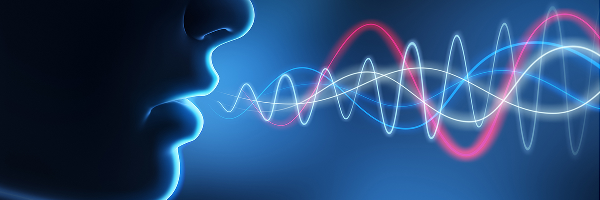A voice disorder is a condition that affects the way a person's voice sounds, such as changes in pitch, volume, or quality. Voice disorders can occur due to a variety of reasons, including medical conditions, vocal overuse or misuse, and neurological disorders.
Some common types of voice disorders include:
1. Hoarseness: Hoarseness is a change in the quality or pitch of the voice, often resulting in a raspy or breathy sound.
2. Vocal nodules: Vocal nodules are growths on the vocal cords that can cause hoarseness, pain, and vocal fatigue.
3. Vocal cord paralysis: Vocal cord paralysis is a condition in which the vocal cords do not move properly, resulting in a weak or breathy voice.
4. Laryngitis: Laryngitis is inflammation of the vocal cords, which can cause hoarseness or a temporary loss of voice.
5. Spasmodic dysphonia: Spasmodic dysphonia is a neurological condition that causes involuntary spasms in the muscles of the larynx, resulting in a strained or strangled-sounding voice.
Treatment for voice disorders may include vocal rest, voice therapy, medications, or in some cases, surgery. Voice therapy involves working with a speech-language pathologist to improve the strength and coordination of the vocal cords and learn techniques for using the voice in a healthy way. In some cases, surgery may be necessary to remove growths or repair vocal cord damage.
If you are experiencing changes in your voice, it's important to consult with a healthcare professional for an evaluation and appropriate treatment. Early intervention can help prevent further damage and improve the long-term outcome of the voice disorder.
Voice disorders in children are relatively common and can have a variety of causes, including vocal misuse or abuse, medical conditions, or neurological disorders. Children with voice disorders may have difficulty communicating effectively, which can affect their social and academic development.
Some common types of voice disorders in children include:
1. Vocal nodules: Vocal nodules are growths on the vocal cords that can develop in children who overuse their voices, such as shouting or screaming excessively.
2. Vocal cord paralysis: Vocal cord paralysis can occur in children due to injury or damage to the nerves that control the vocal cords, resulting in a weak or breathy voice.
3. Muscle tension dysphonia: Muscle tension dysphonia is a condition in which the muscles of the larynx become tense or tight, resulting in a strained or hoarse voice.
4. Congenital anomalies: Some children are born with structural abnormalities of the larynx or vocal cords that can cause voice disorders.
5. Neurological disorders: Some neurological disorders, such as cerebral palsy or Parkinson's disease, can affect the muscles of the larynx and lead to voice disorders.
Treatment for voice disorders in children may include voice therapy, medication, or in some cases, surgery. Voice therapy involves working with a speech-language pathologist to improve vocal technique, reduce vocal strain, and promote healthy vocal habits. In some cases, medication may be prescribed to treat underlying medical conditions or neurological disorders. Surgery may be necessary in some cases to remove growths or repair structural abnormalities.
If you suspect that your child may have a voice disorder, it's important to consult with a pediatrician or a speech-language pathologist for an evaluation and appropriate treatment. Early intervention can help prevent further damage and improve the long-term outcome of the voice disorder.
